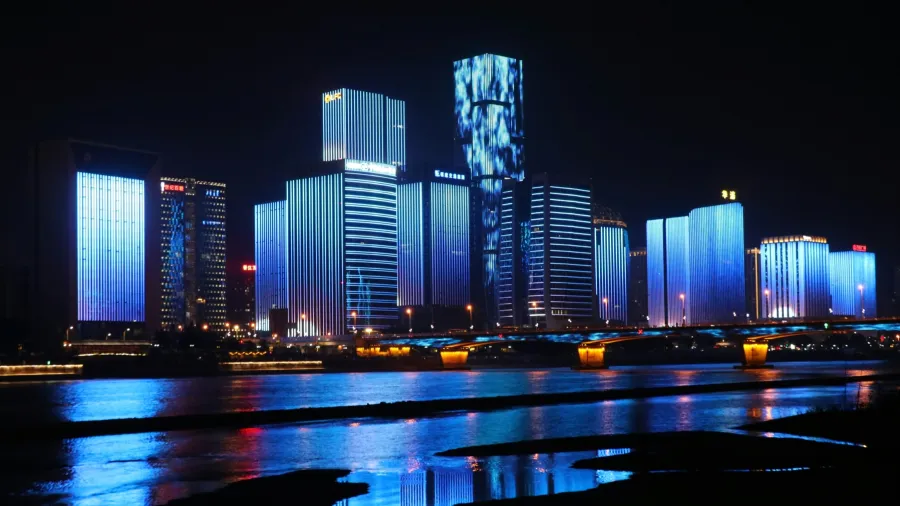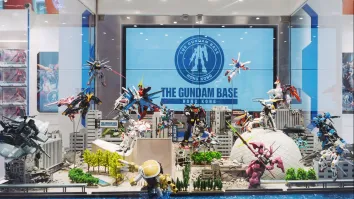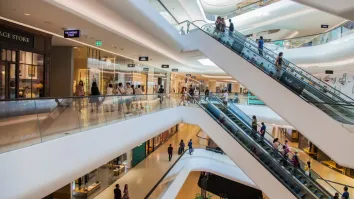
Why China's luxury consumption is slowing down
Factors include a shift from overseas to domestic spending, consumption moderation, and the return of outbound tourism.
The luxury consumption in China is experiencing a notable slowdown, as per Natixis China Luxury Consumption Index.
During the COVID-19 pandemic, the country saw a surge in luxury spending, outpacing global markets with a 33% year-over-year growth in 2021. However, this momentum has dwindled, with growth tapering to 12% in 2023, slightly above the global rate of 9%.
Factors contributing to this slowdown include a shift from overseas spending to domestic markets due to border restrictions, alongside signs of consumption moderation and the resumption of outbound tourism.
Within the luxury market segments, whilst car sales, particularly in electric vehicles, remain resilient, foreign automakers face challenges due to the increasing dominance of Chinese players.
Similarly, the personal goods sector confronts challenges as brands grapple with balancing price increases to offset declining sales quantities, especially amidst rising competition from domestic brands in cosmetics and perfume.
The luxury hotel sector also faces hurdles in its recovery, with revenue in March 2024 estimated at only 79% of pre-pandemic levels, owing to weakened demand, deflationary pressures, and tightened corporate travel budgets.
Moreover, sales in wine and spirits struggle to rebound to pre-pandemic levels, despite price increases, whilst gold remains a preferred asset for China's affluent amid uncertainties in other investment avenues.
Externally, China's outbound tourism expenditure has rebounded to 94% of pre-pandemic levels as of March 2024, surpassing international passenger traffic's recovery rate of 74%. However, concerns linger regarding the authenticity of tourism expenditure versus capital flight motives.
ALSO READ: Global personal luxury market projected to reach $606b by 2030
Despite a relatively low GDP per capita of approximately $13,000, China boasts a higher luxury market-to-GDP ratio of 2.4% compared to many other markets. This was fueled by rapid income growth, coupled with a status-conscious mentality and cultural norms.
However, structural factors is seen to further compound the challenges facing China's luxury market, including decelerating disposable income growth and increased savings amidst weaker income expectations.
The report said that a weaker yuan and low inflation could raise the cost of luxury items, deterring middle-class buyers. Additionally, changes in tax incentives may also affect luxury spending.
“As such, boosting luxury spending in China will be an uphill battle but the market will remain large,” it noted.

















 Advertise
Advertise







